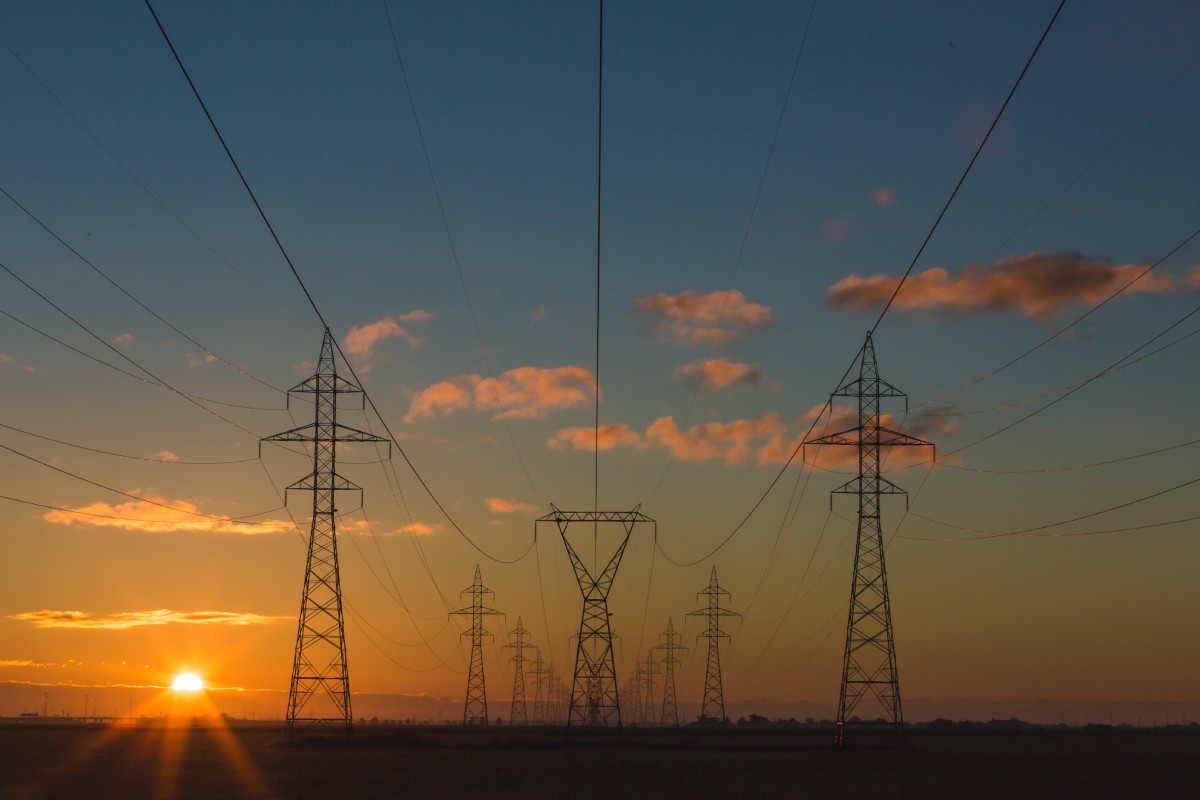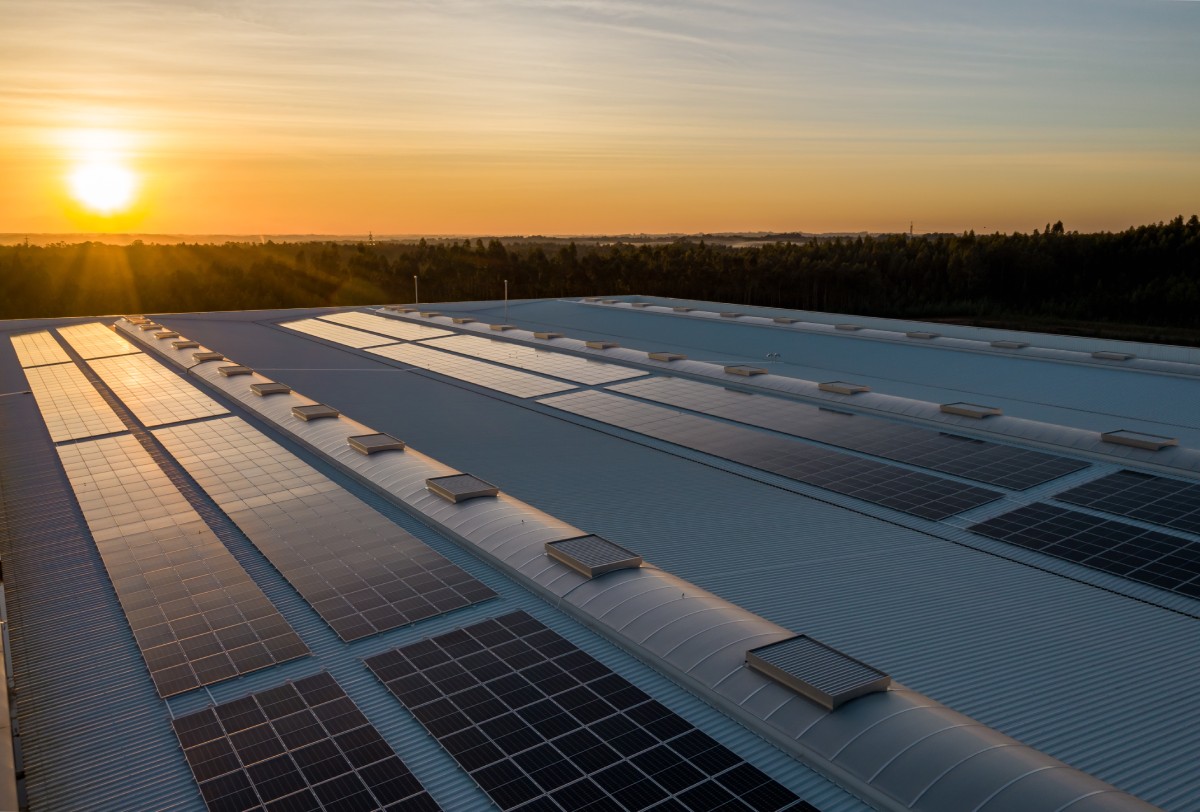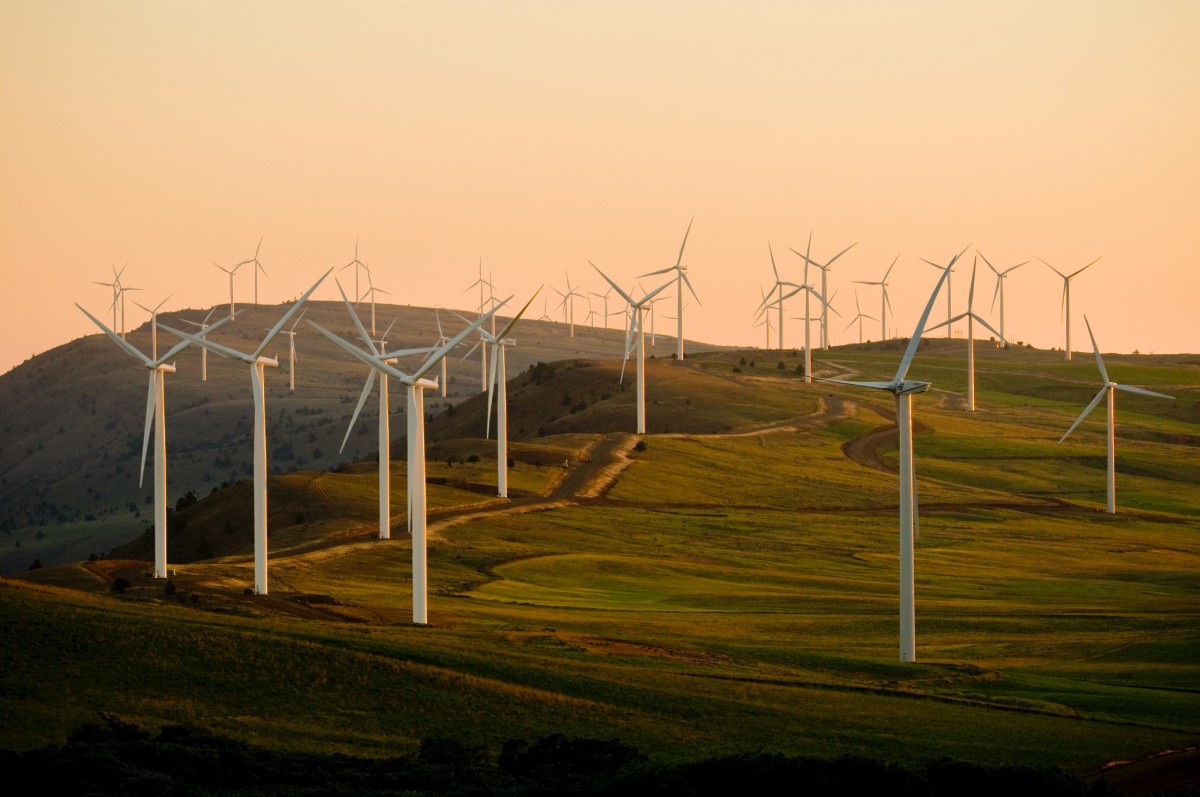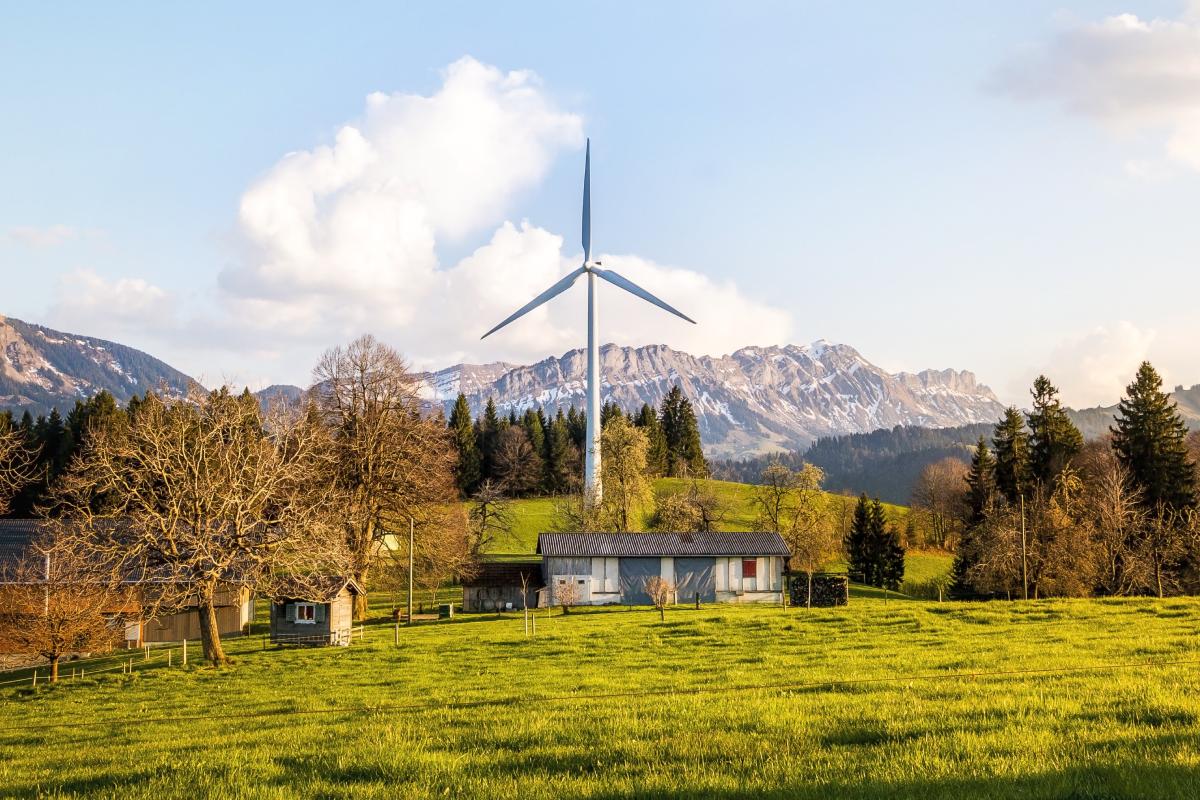Introduction
As we continue to witness the dire consequences of climate change, the importance of renewable energy becomes increasingly evident. Each year, more households and businesses make the transition to renewable energy, moving away from traditional fossil fuels and embracing cleaner and more sustainable sources. This blog post will guide you through the process of making that switch, providing a step-by-step guide to help you transition to a renewable energy provider.
The Importance of Renewable Energy
A Renewable Future
Renewable energy sources such as wind, solar, and hydroelectric power are a sustainable and environmentally friendly alternative to fossil fuels. By harnessing the power of natural processes, they provide a virtually inexhaustible source of energy that reduces greenhouse gas emissions and contributes to the fight against climate change.
Power to Change
As consumers, we have the power to make a difference. By choosing renewable energy, we not only reduce our carbon footprint, but we also send a message to the energy market, encouraging greater investment in renewable sources.
Benefits of Switching to Renewable Energy Providers
Cleaner Living
Switching to a renewable energy provider allows you to power your home or business with clean energy. This means lower emissions and a smaller carbon footprint, contributing to cleaner air and a healthier environment.
Future-Proofing
With the declining cost of renewable technologies and the increasing price instability of fossil fuels, switching to renewable energy can also be a financially savvy move, offering potential savings in the long run.
Overview of the Step-by-Step Guide
Your Roadmap to Renewables
In the following sections, we will walk you through the process of switching to a renewable energy provider. We’ll cover how to assess your current energy use, research renewable energy providers, make the switch, and even understand your new energy bills.
Whether you’re just starting to consider renewable energy, or you’re ready to make the switch, this guide is designed to make the process as straightforward and stress-free as possible. By the end of this guide, you’ll have all the tools and knowledge you need to transition to a renewable energy provider and start enjoying the benefits of clean, green power.
Understanding Renewable Energy
Before you can take steps to switch to a renewable energy provider, it’s essential to understand what renewable energy is, the different types available, and the advantages and disadvantages associated with each. This will provide the necessary foundation to make an informed decision about the switch and help you select the most suitable renewable energy provider for your needs.
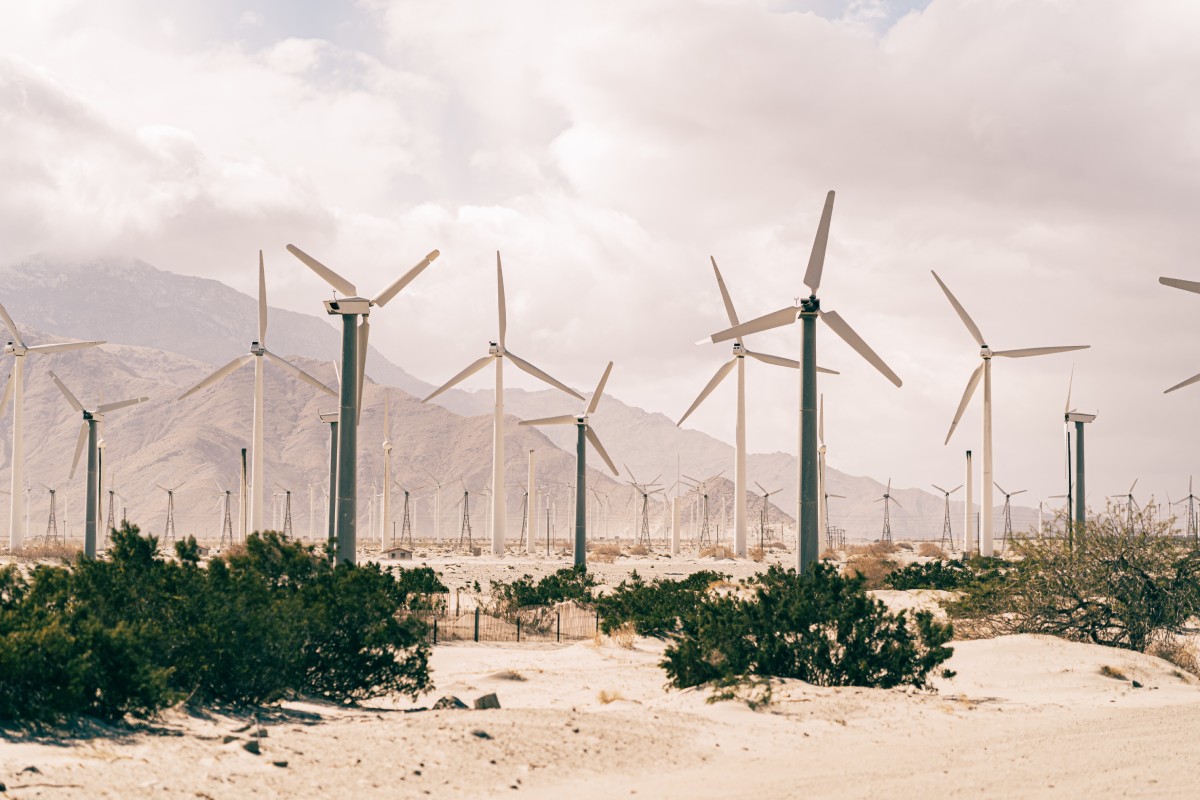
Definition of Renewable Energy
What is Renewable Energy?
Renewable energy, often referred to as clean energy, comes from natural sources that are continuously replenished. Unlike fossil fuels, such as coal and oil, which draw on finite resources that will eventually dwindle, renewable energy resources are virtually limitless in supply.
Different Types of Renewable Energy
Solar Energy
One of the most recognized forms of renewable energy, solar power harnesses the energy from the sun using solar panels. It’s a versatile source, capable of generating electricity for homes and businesses, heating water, and even powering vehicles.
Wind Energy
Wind energy captures the natural wind in our atmosphere and converts it into mechanical energy or electricity. Wind turbines, both on and offshore, are an increasingly common sight, and are an effective means of generating power.
Hydroelectric Energy
This type of energy harnesses the power of moving water. Whether from a large dam or a small stream, the kinetic energy of flowing or falling water can be used to generate electricity.
Biomass Energy
Biomass energy is generated by burning organic materials — like wood, agricultural crops, or waste — to produce heat or electricity. It’s considered renewable as long as the plants or materials used are replaced.
Geothermal Energy
Geothermal energy leverages the Earth’s natural heat in the form of steam or hot water from beneath the Earth’s surface to generate power or provide heat.
Advantages and Disadvantages of Renewable Energy
Pros and Cons
Renewable energy sources offer numerous advantages, such as lower emissions, improved public health outcomes, and job creation. They can also provide stable energy prices and increase energy security by reducing reliance on imported fuels.
However, they do have some disadvantages to consider. For instance, renewable energy can be dependent on weather and location, some forms can have high upfront costs, and there can be challenges related to land use and ecosystem impacts. However, with continued innovation and investment, these challenges are being addressed, making renewable energy a viable and increasingly popular choice.
As you read further into this guide, keep these points in mind. They will help you make an informed decision when choosing the right renewable energy provider and plan for your specific needs.
The Current State of Your Energy Consumption
Before making the leap to renewable energy, you need to take stock of your current energy consumption. Understanding how much energy you use, where it comes from, and how much it costs, gives you a baseline for comparison when considering renewable options. In this section, we’ll discuss how to assess your energy needs, understand your current energy bills, and identify opportunities to become more energy efficient.

Assessing Your Energy Needs
Taking a Closer Look at Your Energy Use
Begin by evaluating your energy consumption. Your energy usage is likely to be a combination of electricity, gas, and perhaps oil or other fuels. Consider all aspects of your energy use including lighting, heating and cooling, appliances, and electronics. This evaluation will help determine the type and size of renewable energy system that would best suit your needs.
Understanding Your Current Energy Bills
Breaking Down Your Energy Costs
Look closely at your energy bills. They can provide a wealth of information about your current energy usage and costs. Identify how much you’re paying per unit of energy, any additional charges or fees, and note any seasonal variations in your energy use. This information will be valuable when comparing the cost-efficiency of renewable energy providers.
Identifying Opportunities for Energy Efficiency
Energy Efficiency Comes First
Before switching to renewable energy, it’s smart to make your home or business as energy-efficient as possible. Simple measures like using energy-efficient appliances, improving insulation, and utilizing natural light can greatly reduce your overall energy consumption, and thus, the size of the renewable energy system you’ll need.
Consider getting an energy audit. Professionals can identify areas where your home is losing energy and provide recommendations for improvements. Even small changes can make a big difference in energy consumption.
Understanding the current state of your energy consumption isn’t just about numbers on a bill. It’s about realizing where you can make impactful changes and setting the stage for a successful switch to renewable energy. Keep this in mind as you move forward and know that every step taken is a step towards a more sustainable and energy-efficient future.
Researching Renewable Energy Providers
Once you’ve got a good grasp of your energy consumption, the next step is to research potential renewable energy providers. It’s not a one-size-fits-all scenario; different providers offer different services, and some may be a better fit for your specific needs than others. In this section, we’ll discuss important factors to consider when choosing a provider, explain the difference between green tariffs and green energy, and offer resources to aid your research.

Factors to Consider When Choosing a Provider
Identifying Your Specific Needs
There are several considerations when choosing a renewable energy provider. Firstly, you’ll want to look at the type of renewable energy they provide. Whether it’s solar, wind, hydroelectric, or a combination, make sure it aligns with your needs and geographic location.
Secondly, consider the provider’s reputation. Look at customer reviews and ratings for insight into the company’s customer service, reliability, and transparency.
Lastly, assess their pricing structure and contracts. Are the rates competitive? Is there a long-term contract, or can you switch providers without penalty? Take your time to make an informed decision.
Differentiating Between Green Tariffs and Green Energy
Understanding Your Options
As you research providers, you’ll likely come across two main options: green tariffs and green energy. Green tariffs mean that your energy provider purchases renewable energy certificates equal to your energy use, promoting the production of renewable energy. However, the energy you use might not directly come from renewable sources.
On the other hand, green energy means that the power you’re using is generated from renewable sources, and usually involves having a renewable energy system, like solar panels or a wind turbine, on your property.
It’s important to understand the difference, so you can make an informed decision based on your individual needs and circumstances.
Resources for Researching Providers
Making Use of Available Tools
There are various resources available to aid in your research of renewable energy providers. Online comparison tools can be helpful to compare prices, contract terms, and customer reviews between different providers. Websites of regulatory bodies may also provide useful information about the provider’s certification and compliance with renewable energy standards.
Remember, knowledge is power. The more informed you are, the easier it will be to make the switch to a renewable energy provider. This research phase is essential to ensure you’re making the best possible choice for your home, business, and the planet.
Contacting Your Current Provider
After doing your research on potential renewable energy providers, it’s time to have a conversation with your current provider. This step involves discussing your plan to switch, understanding any potential fees or penalties, and inquiring about any renewable options they might offer. Clear communication with your provider can ensure a smooth transition and prevent unexpected charges or complications.
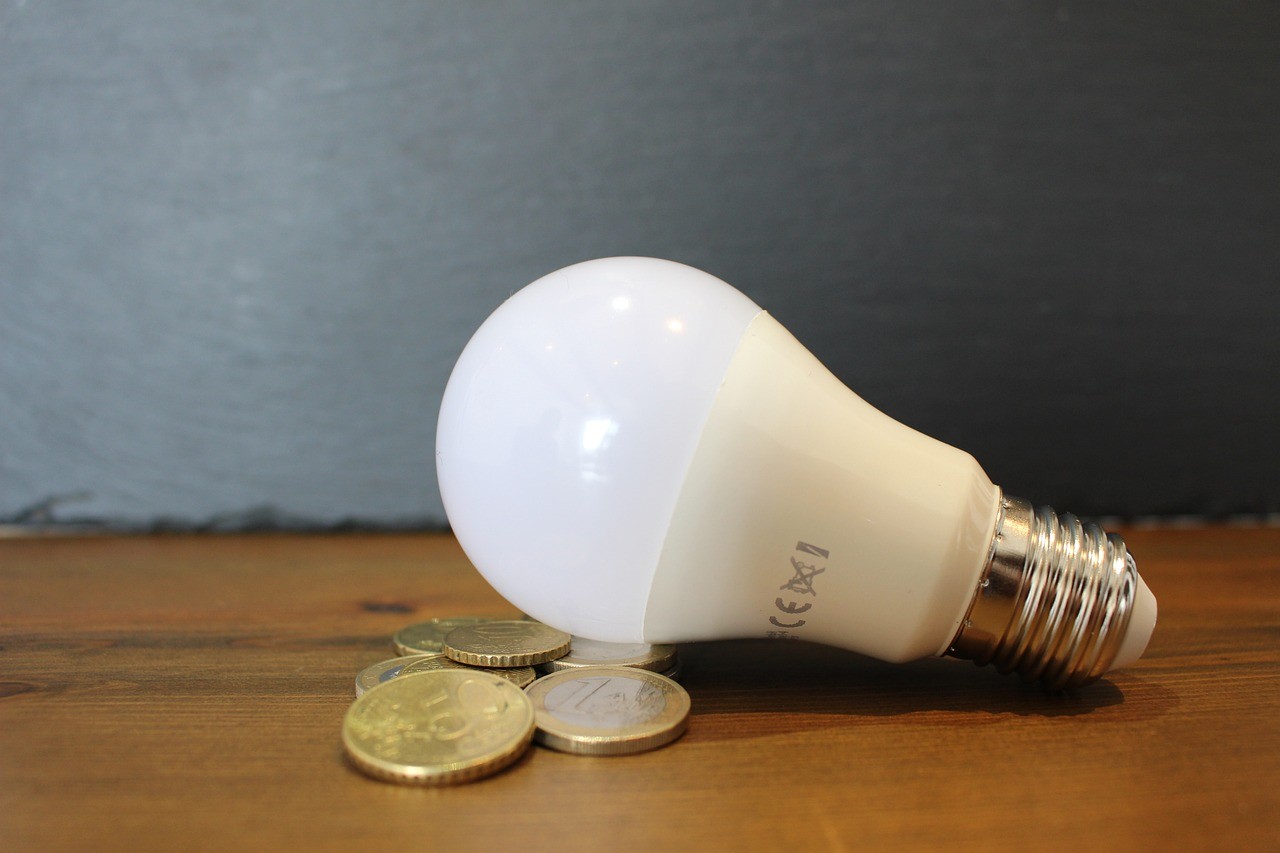
Inquiring About Renewable Options
Exploring Internal Alternatives
Before making the switch, it’s worth asking your current provider about any renewable energy options they may offer. Many traditional energy companies now offer green tariffs or other programs aimed at reducing carbon footprint. If you’re satisfied with their service and pricing, it could be more convenient to stick with them. However, be sure to scrutinize these offerings just as you would with any new provider to ensure they meet your needs.
Discussing Your Plan to Switch
Open Communication for a Smooth Transition
Once you decide to switch, let your current provider know about your plans. In some cases, they might offer incentives to keep you as a customer. Even if they can’t sway your decision, they can guide you through the process and make you aware of any critical dates or procedures. Clear communication can prevent any disruptions to your service during the switch.
Understanding Potential Fees or Penalties for Switching
Avoiding Unexpected Costs
Another crucial point to discuss with your current provider is the possibility of fees or penalties for switching before your contract ends. If your contract has a termination fee, you’ll need to weigh the cost against the benefits of switching to renewable energy. In some cases, your new provider may even offer to cover these fees as part of their customer acquisition strategy. It’s essential to understand all potential costs before making a decision.
Taking the time to discuss your plans with your current provider can make the process of switching to a renewable energy provider much smoother. It gives you a chance to explore all your options, potentially avoid unnecessary costs, and ensure a seamless transition. Remember, every step you take towards renewable energy helps create a greener and more sustainable future.
Choosing a New Renewable Energy Provider
With a solid understanding of your energy needs and armed with knowledge about potential providers, the next stage is selecting your new renewable energy provider. This stage involves careful evaluation of the offers available, making a decision based on your specific energy needs, and initiating the switch. This choice has significant implications for your sustainability journey and overall energy expenses, making careful consideration crucial.

Evaluating Offers from Different Providers
Analyzing and Comparing
The first step in choosing a new provider involves comparing the offers you’ve gathered in your research. Look closely at each provider’s rates, terms, and conditions. Check if they supply 100% renewable energy, and see what type of renewable energy they use. Do they offer fixed-rate plans or variable-rate plans? Is there an exit fee? These considerations can help you draw a clearer comparison between your options.
Making a Decision Based on Your Energy Needs
Aligning Needs and Offers
Next, align these offers with your specific energy needs. You’ve already assessed your energy consumption; now, use this information to select a provider. For instance, if you use most of your energy during off-peak hours, you might benefit from a provider that offers lower rates during these times. Always remember, the most affordable option may not always be the best. Balance cost with quality of service, company reputation, and commitment to renewable energy.
Starting the Switching Process
Initiating the Change
Once you’ve chosen a provider that aligns with your energy needs, it’s time to start the switching process. The new provider often handles the switching process, making it a relatively stress-free step. This process includes canceling your old service (ensure you’ve settled all dues) and setting up the new one. It can take a few weeks, so planning is key. Your new provider should keep you informed about the process and let you know when the switch is complete.
Choosing a new renewable energy provider is a significant step toward more sustainable living. Take your time in this stage, ask plenty of questions, and ensure you’re completely comfortable with your choice before proceeding. After all, you’re not just choosing an energy provider; you’re investing in the future of our planet.
Transitioning to the New Provider
Now that you’ve made the decision and initiated the switch, it’s time to focus on a smooth transition to your new renewable energy provider. This process involves notifying your current provider about the switch, coordinating with the new provider, and taking steps to ensure a seamless transition. Navigating this stage with care minimizes disruption to your energy supply and helps you avoid unexpected surprises.
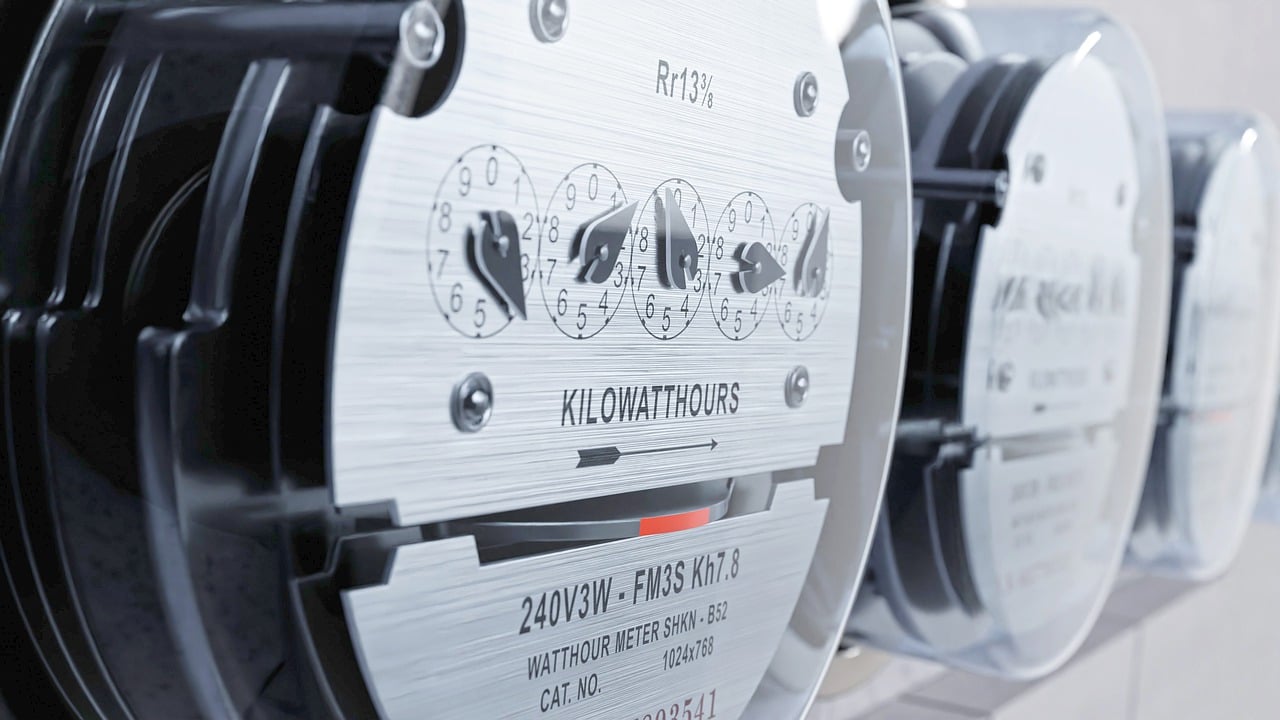
Notifying Your Current Provider
Clear Communication is Key
One of your first steps should be to formally notify your current provider about your intent to switch. While your new provider often handles most of this communication, it’s good practice to personally inform them. This way, you can settle any outstanding bills, discuss potential termination fees, and understand the process from their end.
Coordinating the Switch with Your New Provider
Partner in the Process
Next, maintain open lines of communication with your new provider. They will coordinate the switch, including handling most communication with your current provider. However, you should stay informed about the process’s progress. Ask about key dates, such as when they’ll take over the supply and when you should expect your first bill. Don’t hesitate to ask questions about anything you’re unsure of.
Ensuring a Smooth Transition
Attention to Detail
For a smooth transition, be proactive. Keep copies of all correspondence with both providers. Take a meter reading on the day of the switch to ensure your final bill from your old provider and the first one from your new provider are accurate. If you’re moving to a renewable energy tariff with your current provider, ensure they implement the changes correctly.
Potential Hurdles
Remember, there might be bumps along the way. The transition doesn’t always go as planned. There might be delays, or you might encounter unexpected charges. In such cases, don’t panic. Reach out to your new provider with any issues—they’re there to help you navigate this process.
Transitioning to a new renewable energy provider is a journey. While it requires time and effort, the result—a more sustainable, greener energy supply—makes it all worthwhile. It’s not just about changing who sends you a bill; it’s about contributing to a global shift toward renewable energy, one household at a time.
Implementing Energy Efficiency Measures
Switching to a renewable energy provider is an excellent first step, but your sustainability journey shouldn’t stop there. It’s equally important to reduce your energy consumption by implementing energy efficiency measures at home. This involves evaluating your home for energy efficiency, implementing energy-saving measures, and using smart devices to keep tabs on your consumption.

Evaluating Your Home for Energy Efficiency
The First Step to Savings
Start by conducting an energy audit of your home. This helps you understand how much energy you’re using and identify opportunities to save. The audit may involve inspecting insulation, identifying drafts, checking heating and cooling systems, and analyzing your energy bills. There are professionals who can conduct a thorough assessment, or you can perform a simple audit yourself.
Implementing Energy-Saving Measures
Make a Difference
Once you’ve conducted the energy audit, implement the recommended changes. This could involve a range of measures, from small behavior changes to significant home improvements. Simple steps include switching to LED lights, unplugging devices when they’re not in use, and reducing the temperature on your water heater. Larger efforts might involve adding insulation, purchasing energy-efficient appliances, or installing a programmable thermostat.
The Payoff
Keep in mind that while some of these measures involve upfront costs, they usually lead to savings in the long run. You’ll reduce your energy bills and lessen your environmental footprint—both key benefits in our energy-conscious world.
Using Smart Devices to Monitor Consumption
Stay Informed
In addition to these energy-saving measures, consider using smart devices to monitor your energy use. These tools provide real-time feedback on your energy consumption, allowing you to adjust your habits as necessary. For example, a smart thermostat can optimize your heating and cooling schedule based on when you’re home, saving energy without sacrificing comfort.
A Smart Investment
While smart devices involve an upfront cost, they typically pay for themselves over time through energy savings. Additionally, they can provide valuable insights into your energy use and help you make more informed decisions about your consumption habits.
Making the switch to a renewable energy provider is a commendable action, but don’t let your journey to sustainability stop there. By implementing energy efficiency measures at home, you can further reduce your environmental impact and save money in the process. It’s a win-win situation for you and the planet.
Tracking Your Energy Consumption and Savings
Once you’ve made the switch to a renewable energy provider and implemented energy efficiency measures, it’s essential to track your energy consumption and savings. This not only helps you see the tangible benefits of your switch but also underscores the impact of your actions on the environment. The following sections will guide you through understanding your new energy bills, tracking changes in your energy consumption, and calculating the savings and environmental impact of your switch.
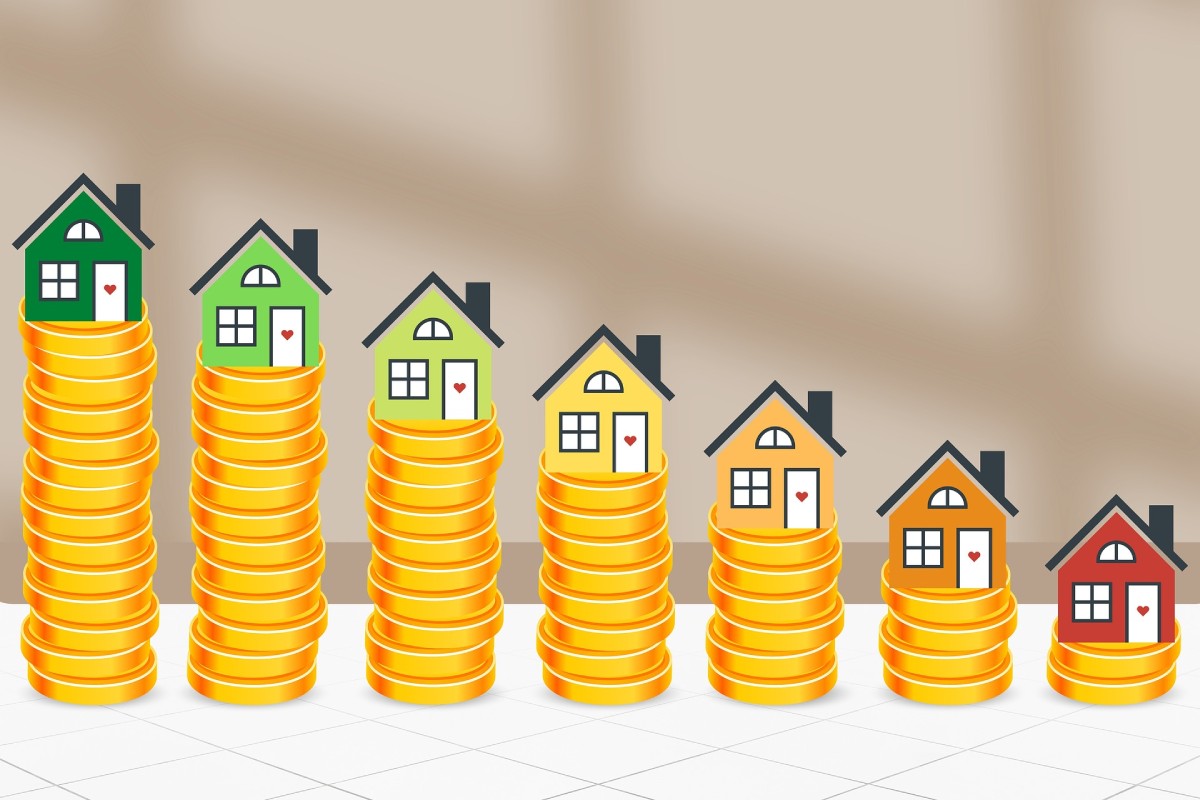
Understanding Your New Energy Bills
Decoding Your Bill
Understanding your energy bill can sometimes feel like deciphering a complex code. However, taking the time to comprehend what each element means is crucial in tracking your energy consumption. The bill from your renewable energy provider should itemize your energy usage, the cost per unit of energy, and any additional charges or credits.
Bill Comparison
Comparing your new bills with old ones can provide a clear picture of how your energy consumption has changed since switching providers. If you’ve also implemented energy efficiency measures, you might see a decrease in energy use alongside the change in energy sources.
Tracking Changes in Energy Consumption
Keeping Records
Maintain records of your energy bills to track changes over time. You may notice seasonal fluctuations or a downward trend due to your energy-saving efforts.
Energy Usage Analysis
Regularly analyzing your energy usage can help you identify patterns and discover further opportunities for efficiency. This analysis should go beyond just cost and consider the actual energy consumption data.
Calculating Savings and Environmental Impact
The Financial Aspect
Once you’ve tracked your energy consumption, calculate your savings. This involves comparing the cost of your energy before and after the switch, factoring in both changes in rates and usage.
Beyond Monetary Savings
It’s not just about the financial savings, though. Remember to consider the environmental impact. Your renewable energy provider may provide information about how your usage translates to greenhouse gas emissions avoided or equivalent trees planted. These metrics can give you a more tangible understanding of your positive impact on the environment.
By carefully tracking your energy consumption and savings, you’ll gain a clearer understanding of the real-world impact of switching to a renewable energy provider. Beyond potential cost savings, you’re making a difference for the planet—a benefit that, while harder to quantify, is priceless.
Conclusion
As we wind down this comprehensive guide on switching to renewable energy providers, let’s take a moment to reflect on the steps we’ve covered and consider the significant impact such a decision can have—not only on your pocketbook but on our shared planet as well. We will recap the key points discussed, and end with a word of encouragement to take action for the planet and our final thoughts on the importance of renewable energy.
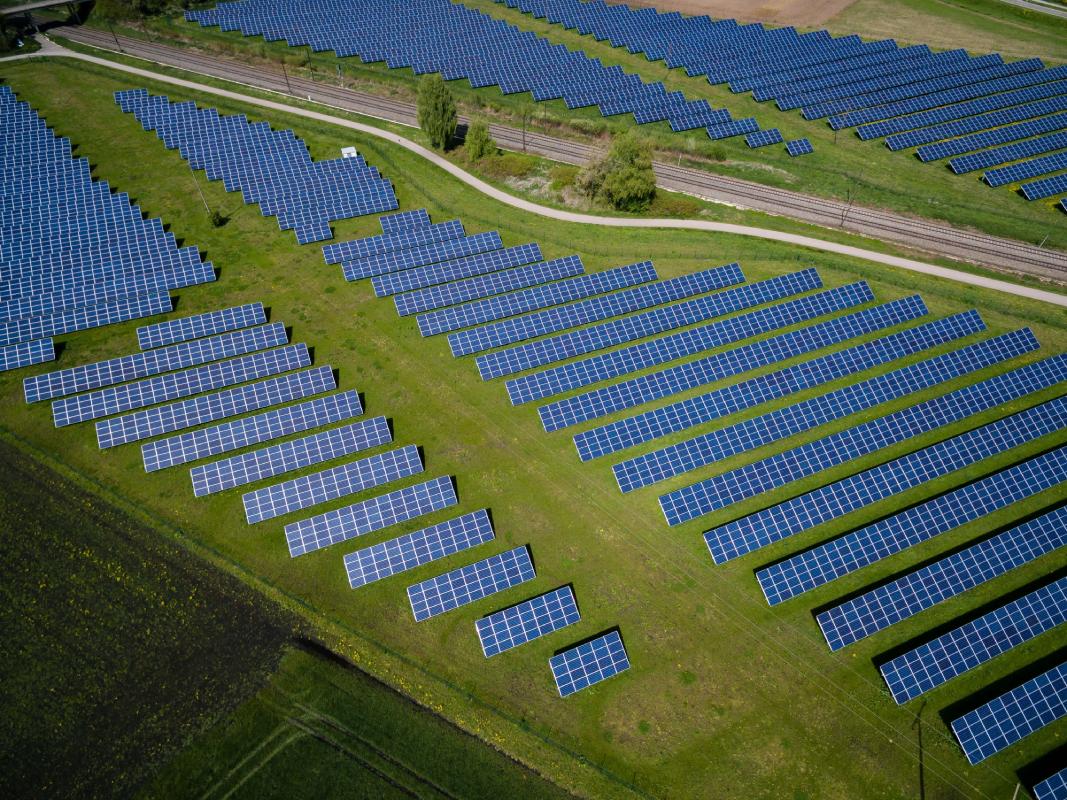
Recap of Key Points
From Understanding to Action
Our journey began with understanding the importance and types of renewable energy. From there, we moved on to assessing our energy needs, researching renewable energy providers, and making contact with our current providers. The road continued with the choosing of a new provider and transition to them, followed by implementing energy efficiency measures and tracking the results.
Encouragement to Take Action for the Planet
A Personal Impact
Switching to a renewable energy provider isn’t just a personal decision; it’s a choice that has ripple effects. Each step you take toward sustainability helps protect our planet. Even small changes can contribute to a larger, collective impact.
The Power of Collective Action
Imagine if all the readers of this blog made the decision to switch to renewable energy providers—that collective action would create a significant positive impact on our planet. Let’s commit to making those changes and encourage others to do the same.
Final Thoughts on the Importance of Renewable Energy
A Sustainable Future
At its core, the shift toward renewable energy is about creating a sustainable future. It’s about harnessing the earth’s natural resources in a way that meets our needs without compromising the ability of future generations to meet theirs.
Joining the Green Revolution
Switching to a renewable energy provider is more than just a practical decision—it’s joining a green revolution. It’s about becoming part of a movement that values sustainability, respects the environment, and believes in the power of green energy.
To conclude, switching to a renewable energy provider can be a rewarding journey. It’s not just about potential savings or the allure of being part of a modern trend—it’s about making a significant contribution to the fight against climate change. As you go forth and implement what you’ve learned, remember that each step you take toward renewable energy is a step towards a more sustainable and brighter future for our planet.

